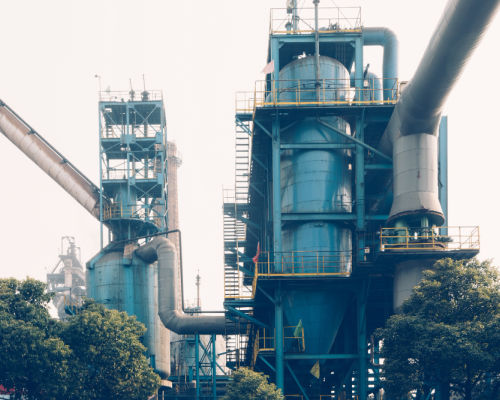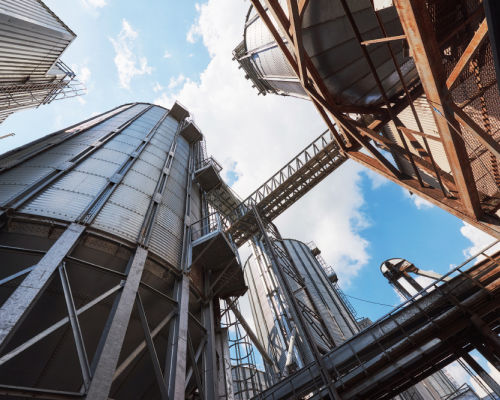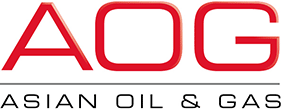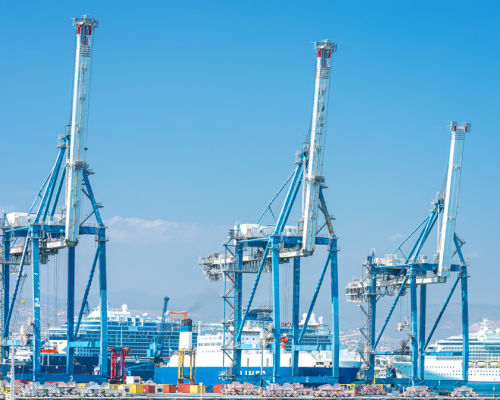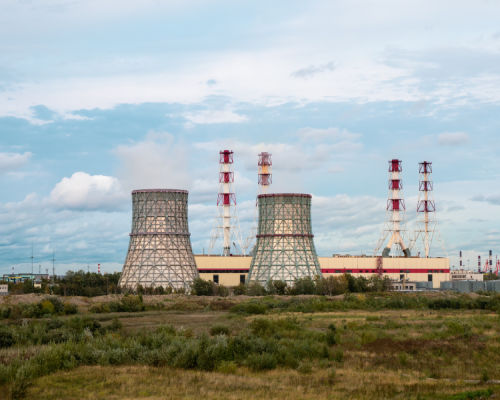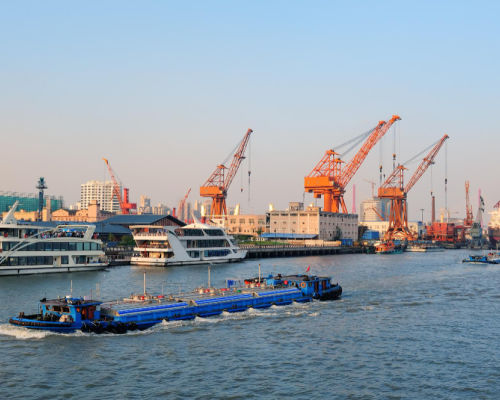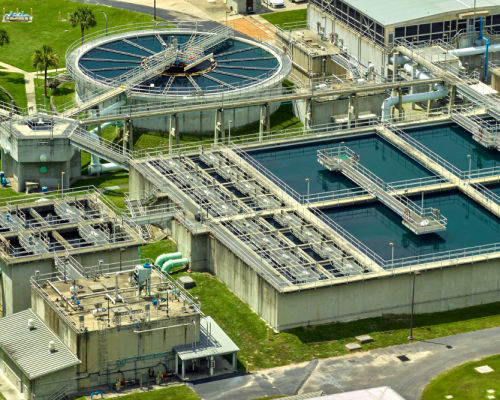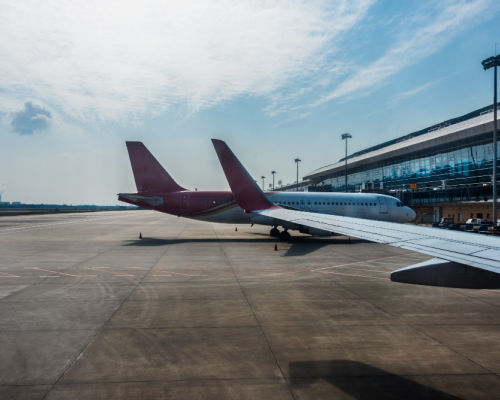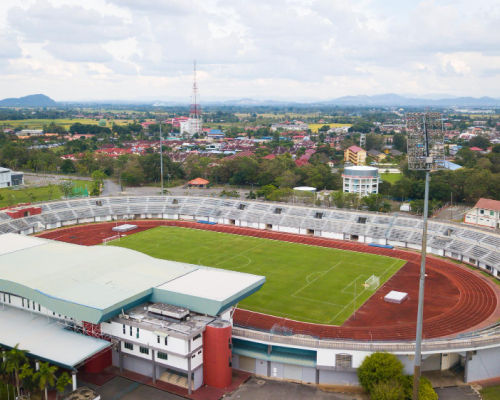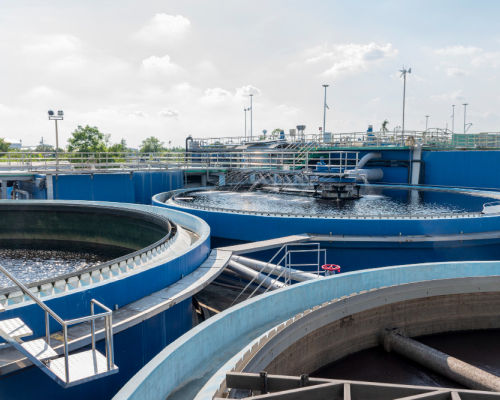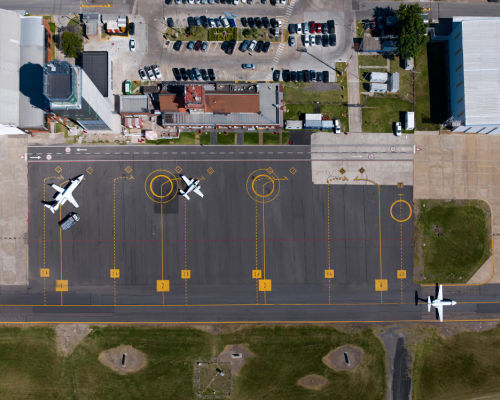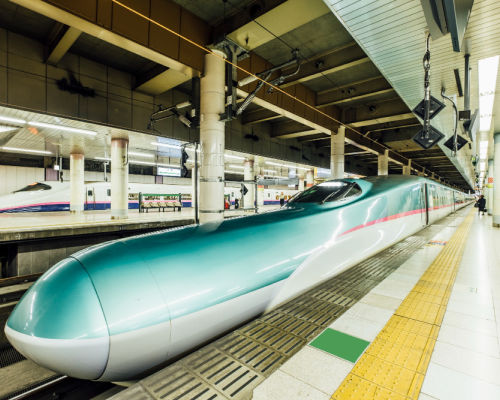
MEGAPROJECT / CONSTRUCTION SECTORS
SUPPLIER SECTORS

cement
31 Dec 2025By World Cement5 min read
World Cement5 min read
 World Cement5 min read
World Cement5 min readSubmerged Sustainability Solutions

steel
31 Dec 2025By SteelBazaar News2 min read
SteelBazaar News2 min read
 SteelBazaar News2 min read
SteelBazaar News2 min readIndia imposes 3-year safeguard duty on select steel imports

electrical
31 Dec 2025ByElectrical India7 min read
CPX 200 – Unleash the Expert!

elevator
22 Dec 2025ByOtis1 min read
Otis Delivers Vertical Mobility for Montreal’s REM Light Metro Transit

plumbing
30 Dec 2025ByContractor Magazine1 min read
Duane Gleason

HVAC
30 Dec 2025By HVAC Insider3 min read
HVAC Insider3 min read
 HVAC Insider3 min read
HVAC Insider3 min readFoundral Selects Ripley PR as Agency of Record, Partnering...

machinery
31 Dec 2025ByHeavy Equipment Journal (Europe)4 min read
Tigercat’s trio of next gen feller bunchers

interior
31 Dec 2025By Retrofit Magazine5 min read
Retrofit Magazine5 min read
 Retrofit Magazine5 min read
Retrofit Magazine5 min read